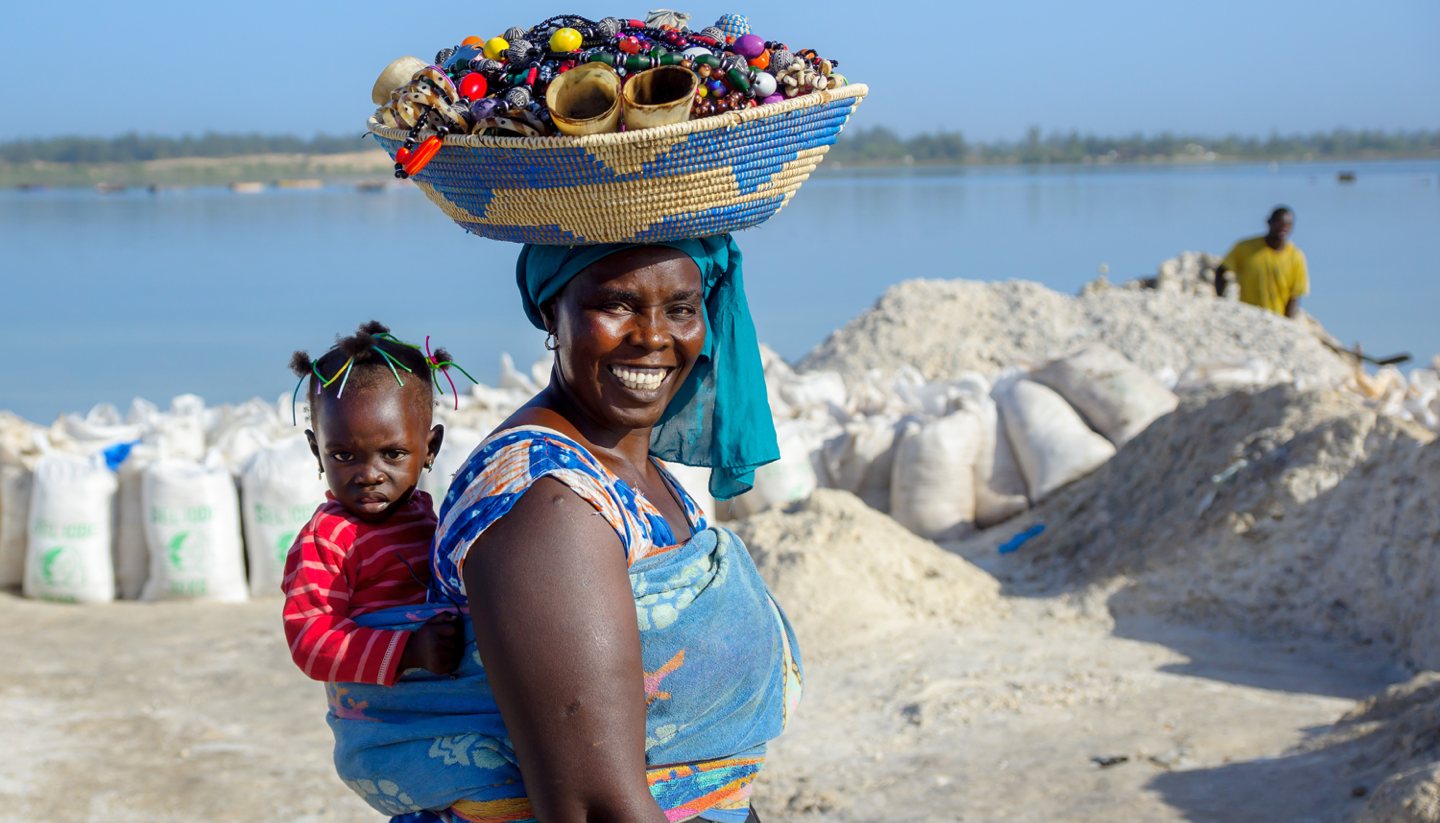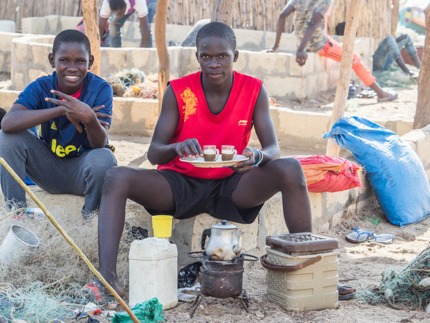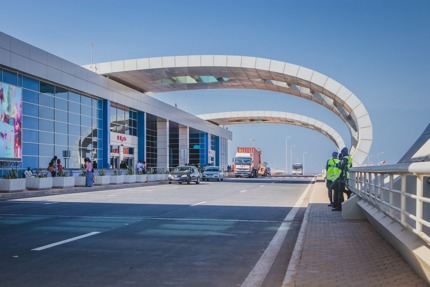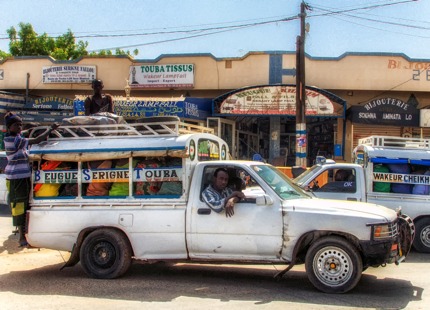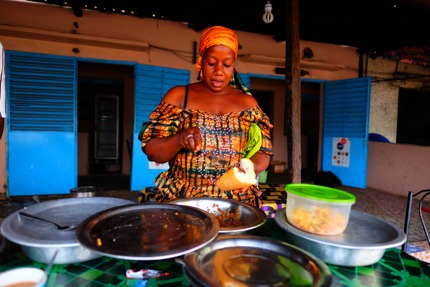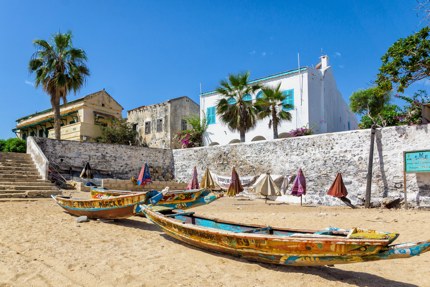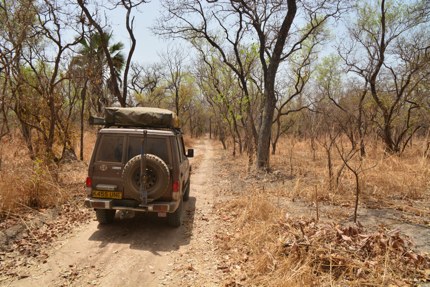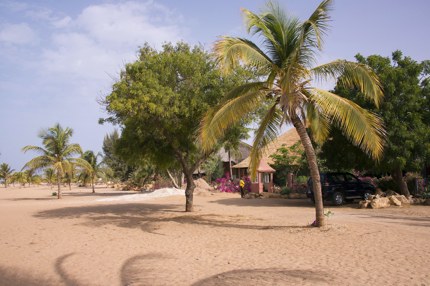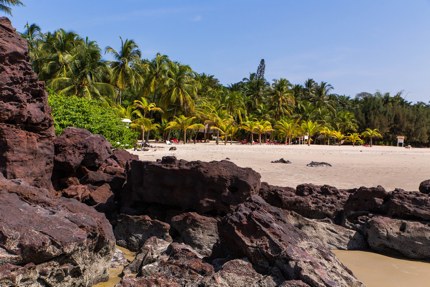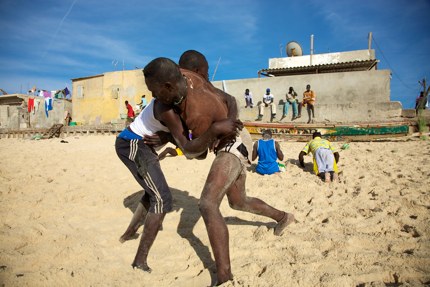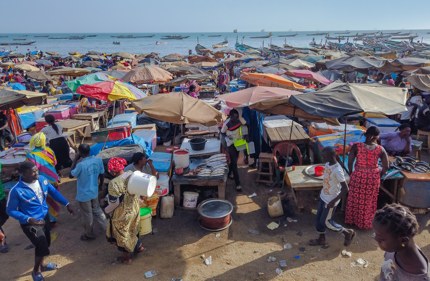Palm-fringed beaches, colourful cities and a reputation for world-class hospitality, Senegal deserves a spot on any seasoned traveller’s bucket list
Located at the westernmost point of the Africa continent, Senegal is known as the “Gateway to Africa” and has been welcoming travellers from Europe and the Americas for centuries.
This peaceful sub-Saharan country has always flown beneath the tourism radar and that’s everyone’s loss. Not only is it one of the continent’s safest and most accessible countries, it’s also blessed with a rich culture, dreamy beaches and some of the best wildlife-spotting opportunities you’ll find anywhere in Africa.
Here’s what you’ll need to know before you visit.
1. Senegal is the country of hospitality
One of the most common questions we hear is if Senegal is safe for travellers – yes, Senegal is safe but like any other destinations, petty crime does happen in large crowds. Keep a lookout for pickpockets and bag snatchers.
Once you get to know the locals, you may soon begin to understand the concept of teranga. This is one of those terms that defies strict translation, but Senegalese chef and author Pierre Thiam has described it as “the way you treat the guest.”
“You have to offer him what you have,” he adds. “You have to invite him to sit around your bowl.”
This philosophy of sharing, giving and inclusion extends to strangers as well. Expect to be greeted with a chorus of saleem aleekum (‘peace be upon you’) as you walk down the street – and be sure to respond with a civil malekum salaam (‘and peace be upon you too’).
While most invitations from the locals are heartfelt and genuine once you get to know them personally, remain vigilant to strangers who are overfriendly, keen to show you around, or even give you (often unwanted) gifts – they tend to have ulterior motives.
2. French is the official language – but there are 39 spoken languages in Senegal
The lingua franca of the Senagalese administration is French but only a small number of people speak it fluently. Wolof, the language of Senegal’s largest ethnic group, is far more commonly spoken across the country, while Jola is the main language of the Casamance region in the south. Other languages include Pulaar, Mandinka and Balanta Ganja.
It’s worth familiarising yourself with a few Wolof phrases before you travel, including jërejëf (thank you), waaw / déedéet (yes/ no) and baal ma (sorry or excuse me). Some basic French might also come in handy for communicating with tour guides and airport staff.
3. Visitors from many countries won’t need a visa
As an ECOWAS (Economic Community of West Africa States) member, Senegal welcomes citizens from all other 14 member states to visit without a visa.
In addition, citizens from all EU countries, Brazil, Canada, Central African Republic, Chad, India, Japan, Malaysia, Mauritania, Mauritius, Singapore, South Korea, Tunisia, the United Kingdom and the USA can also visit Senegal without a visa for up to 90 days. However, you’ll need to make sure that your passport is valid for at least six months from entry and that you have proof of return or onward travel.
If you hail from Australia, New Zealand or another country not exempt from visa-free visits, contact the nearest embassy or consulate of Senegal for information.
4. It’s best to hire a local guide and a driver
In Senegal, shared sept-place (seven-seat) taxis are common but the journey can be uncomfortable. Private taxis are available in most towns and fares are metered, but the standard practice is to bargain with the driver. With language being a barrier, negotiating and specifying your exact destination can be a challenge, so it is worth hiring a local guide and a driver. A local guide can also help to keep away street traders who are persistent.
5. Senegal is known for its delicious cuisine
Spicy street food, exotic juices, mouth-watering sharing platters and fish fresh from the Atlantic – Senagalese food will keep your taste buds in a constant state of titillation. The country gleans its culinary inspiration from far and wide, combining French and North African influences with ancient local traditions.
The staple dish for most families is thiéboudienne (fish and rice). You’ll find thousands of different variations around the country. Other popular dishes include maffé (peanut stew) and chicken yassa. At street food stalls, snack on Sengalese nem (fried spring rolls), down glasses of refreshing juice made from bissap (hibiscus) or bouye (fruit of baobab trees).
Every dish is served with great French-inspired flair, showcasing the French vibe still present in Senegal’s cuisine.
6. Eat with your right hand
In Senegal, the dining etiquette is to wash your hands before you eat, dry them on a common cloth, and only eat with your right hand. Keep your left hand off bowls and serving spoons. Food is often served from a communal bowl and you should eat from the communal bowl that is in front of you.
If the meal is served on the floor (usually on a clean mat), sit cross-legged but keep your feet away from the food area.
7. Senegal has seven UNESCO World Heritage sites
Senegal has seven UNESCO World Heritage sites and five of these are cultural, including L’île de Gorée (Gorée Island). Just off the coast of Dakar, Gorée was once the largest slave-trading centre on the African coast. Today, it is a peaceful corner with no cars and crime. The spine-chilling history, however, has attracted many world leaders to come for a visit, including President Mandala and President Obama.
If you’re a keen birdwatcher, then head for the world-famous Parc National des Oiseaux du Djoudj (Djoudj National Bird Sanctuary), a 16,000-hectare wetland paradise that provides a safe haven for over 1.5 million migrating birds every year.
Additionally, the floodplains and forests of Parc National du Niokolo-Koba (Niokolo-Koba National Park) on the southeast, near Guinea, harbour even grander wildlife, from lions and leopards to elephants and chimpanzees.
For more information, see the Things to see & do in Senegal page.
8. It also has fine beaches
If you’re looking for a beach holiday, check out La Petite Côte (Little Coast) or Cap Skirring.
La Petite Côte stretches from south of Dakar to la Pointe de Sangomar and is one of the major tourist destinations in Senegal. Saly, Palmarin, Popenguine, Toubab Dialoa are villages along the coast with a good selection of modern accommodation caters to visitors.
Cap Skirring, located on Senegal’s southwestern corner and just a few miles north of Guinea-Bissau, is another fine spot. The beaches here are pristine and the vibe is decidedly laid back.
9. Wrestling is the number one national sport
Forget soccer, lamb ji, a type of traditional wrestling where opponents try to throw each other down in the sand, is the number one national sport. Before a major match, fighters have a marabout (spiritual guide) taking them through rituals that combine tribal dancing and traditional prayers. There is a national wrestling arena in Pikine, a suburb of Dakar, so catch a wrestling match if you’re there.
10. Mblaxa is huge here
A distinctive Senegalese pop genre with West African melodies and contemporary western techniques, mblaxa is so popular that you can hear the music filtering out of almost every street corner. It is impossible to talk about mblaxa without mentioning the renowned musician Youssou N’Dour who has helped to develop this style of music and brought it to the international stage.
N’Dour owns a nightclub in Dakar called Le Thiossane – this is the place to visit if you want to dance the night away.
11. Visit a market
Senegal has many colourful markets selling a myriad of items from food to electronics. In Dakar, Marché HLM is the place to buy fabric and made-to-measure clothes. Marché Kermel is probably the best place to buy fresh produce and souvenirs. The products here tend to be of higher quality and accordingly, they are also more expensive.
The best fish market is in Soumbédioune (a fishing village within Dakar). Near the fish market there is also a small craft market. Outside Dakar, there are also smaller markets in other towns.
12. You can make a day trip to The Gambia
The Gambia is Africa’s smallest country within mainland Africa. This thin ribbon of land is an enclave within Senegal, meaning you can take a day trip to The Gambia from Senegal easily. There are plenty of tour guides offering single or multi-day trips. Try a leisurely boat trip along the River Gambia, keeping an eye out for crocodiles as you cruise through tropical forests, rice paddies and bamboo groves.
13. You can’t drink the tap water
While it is generally safe to wash and rinse after brushing your teeth with tap water, you should always boil the water if you intend to drink it. Bottled water is also readily available everywhere. If you have a sensitive stomach, make sure you only eat well-cooked dishes.
14. Have all the right vaccinations
The United Kingdom National Health Service advises that all travellers to Senegal receive vaccinations against Diphtheria, Hepatitis A, Tetanus and Yellow Fever. Depending on your travel plans, you may also want to consider Hepatitis B, Meningococcal Meningitis, Rabies and Typhoid vaccinations.
Malaria is prevalent across the country. Protect yourself by covering up with long-sleeved clothing, using insect repellent and sleeping under a mosquito net.
Dakar has a small selection of private hospitals but health facilities are basic outside Dakar. It is essential for visitors to take out medical insurance before travelling.
15. Bring the right clothes
Considering Senegal is hot and humid throughout the year and malaria is a real threat, opt for lightweight cotton clothing with long sleeves and ankle-length trousers to keep you cool and guard against mosquito bites.
Sandals should be fine for exploring the cities and coast, but pack a pair of walking shoes or boots if you plan to head off the beaten track. If you’re travelling to Casamance during the rainy season, bring waterproofs and be prepared for some torrential downpours.
While Islam is the predominant religion, Senegal is a tolerant country and women do not wear a full-face veil. Having said that, it’s advisable to dress modestly and keep swimwear for the beach.
16. The best time to visit is between December and May
Senegal has a warm and tropical climate with two main seasons – dry and rainy. The dry season runs from October to June in the north and from November to May in the south. Visit during the dry season as the days are warm with temperatures hovering around 25°C (77°F).
Avoid the rainy season which runs from July to September in the north and from June to October in the south. Some roads turn muddy and are impassable during this period, particularly in the south.
Before you go, see our updated Senegal travel guide.
If you liked this, you might also like:
